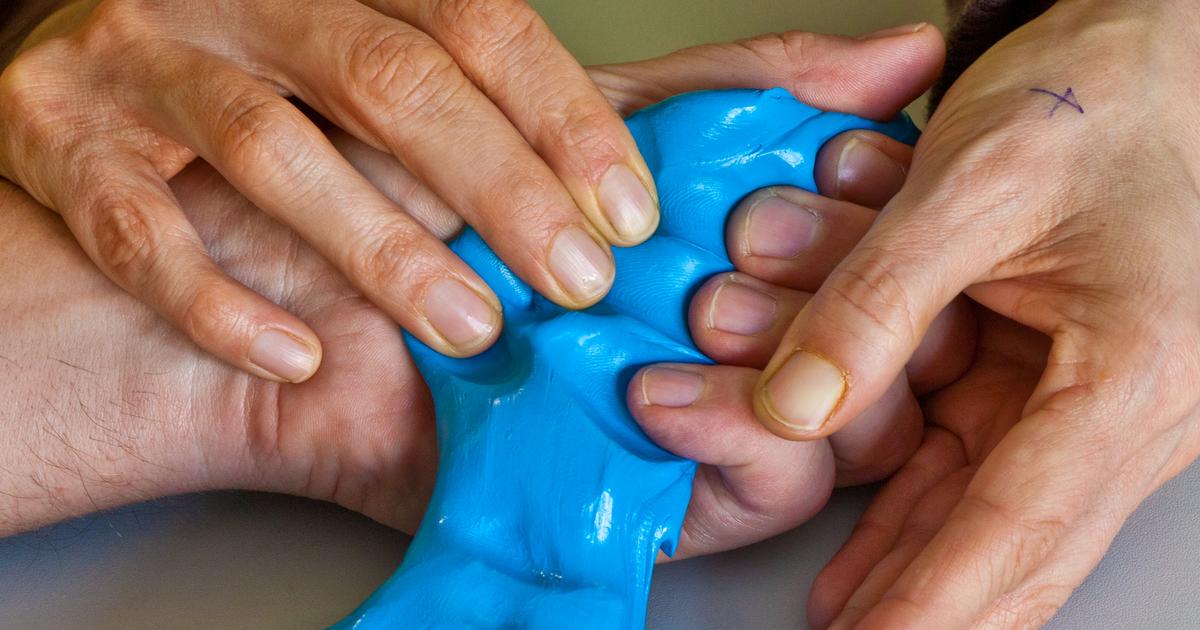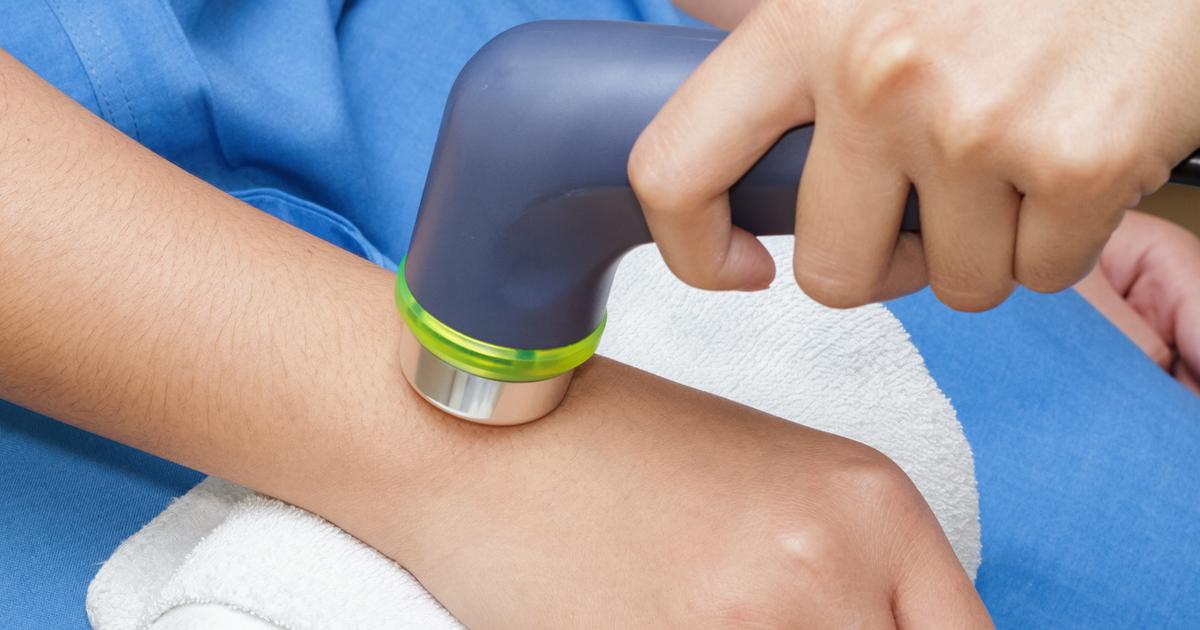Methods Of Treating Carpal Tunnel Syndrome
Carpal tunnel syndrome is a condition that starts mild, but can worsen if it is left untreated. This syndrome occurs when the median nerve in the hand is pressed or squeezed at the wrist repeatedly. The median nerve is a major nerve that produces feelings in the ring, index, and middle fingers, and also controls the muscles around the thumb. Excess and chronic pressure applied to this nerve can cause pain, tingling, and numbness in the hands and arms. It is essential to seek treatment early to prevent carpal tunnel syndrome from progressing. Get to know the most effective methods of treating carpal tunnel syndrome by reading all about it now.
Take Frequent Breaks

Individuals who use their wrists and hands frequently and repetitively are prone to developing carpal tunnel syndrome. When an individual uses their hands to engage in an activity or task for an extended period, the nerves around the wrist are compressed and as a result, starts to swell. Those who work in an office setting where they are typing on a keyboard all day often experience carpal tunnel syndrome. It is important for individuals who work in the office environment and perform extensive keyboarding duties to take frequent breaks and exercise their wrists to avoid stiffness and swelling in the fingers. Taking a ten to fifteen-minute break every hour is recommended to alleviate symptoms of carpal tunnel syndrome. Stepping away from the work desk to stretch out the hands can help prevent this condition from worsening.
Wrist Splinting

Using a wrist splint, which is a brace that resembles a fingerless glove, to treat carpal tunnel syndrome can be effective. When a splint is worn, the excess pressure weighing heavily on the median nerve is alleviated. The splint stabilizes the wrist in a minimally bent back and straightened position. Splits are easily accessible and very affordable. This type of immobilization helps relieve pressure on the nerves and decreases feelings of pain, numbness, and tingling. Many individuals bend their wrist when they sleep, which can exacerbate carpal tunnel syndrome. Wearing a wrist splint to bed not only helps the patient with carpal tunnel syndrome sleep better but also give the irritated nerves a chance to rest.
Nonsteroidal Anti-Inflammatory Medications

Nonsteroidal anti-inflammatory drugs, also known as NSAIDs, can help relieve symptoms of discomfort caused by carpal tunnel syndrome. They work to decrease the swelling caused by the prolonged compression of the median nerve. Anti-inflammatories are known to decrease the production of prostaglandins, which are a set of lipids that contribute to pain, fever, and inflammation. Popular anti-inflammatories used are acetylsalicylic acid, naproxen, and ibuprofen. These are recommended for short-term use and can be taken for one to two weeks, and can be used to treat mild to moderate inflammation and pain. NSAIDs are available over-the-counter, so they can easily be found in many different locations, like the pharmacy or grocery store.
Surgical Repair

If carpal tunnel syndrome becomes progressively worse and many methods of treatment are unsuccessful, surgery is another option to consider. There are two major types of surgery used for treating carpal tunnel syndrome: open release and endoscopic carpal tunnel release. Open release surgery is the most common procedure in treating this condition. In this outpatient procedure, which means the patient can go home after the surgery is completed, the surgeon makes two-inch incisions on the afflicted wrists and then proceeds to widen the carpal tunnel by cutting the carpal ligament. After surgery, the wrists will be splinted and bandaged for one to two weeks. The doctor will schedule a follow-up with their patient to remove the dressings in several weeks. Getting physical therapy will be highly probable to help with recovery from the surgery. Physical therapy will teach the individual effective motion exercises that will improve the wrists and hands. These type of exercises will increase healing time and strengthen up the operated area as well.
Lose Weight If Overweight

Not only can being overweight increase an individual's risk of developing diabetes and heart disease, but it can also potentially cause carpal tunnel syndrome. When an individual is overweight or obese, extra pressure is applied to the carpal tunnel and can cause swelling around the area, aggravating feelings of discomfort. The extra pressure is caused by the excess body mass of the overweight individual. Therefore, it is critical to shed extra pounds to decrease the chances of carpal tunnel syndrome from developing. Getting exercise several times a week can help keep extra pounds off an overweight individual. Diet is also important in helping individuals lose weight as well. Eating foods rich in fiber, vegetables, and fruits can keep individuals at a healthy weight. Avoid foods that can easily lead to weight gain, including unhealthy items such as sugar-sweetened beverages, refined carbohydrates, and processed meats.
Corticosteroids

Corticosteroids are medications that reduce swelling and inflammation. Patients with carpal tunnel syndrome may be prescribed these drugs by mouth, and specialists might also choose to administer them by injection. Injections of corticosteroids are more effective than oral tablets, and they can reduce swelling inside the carpal tunnel and alleviate some of the pressure placed on the median nerve. When treating carpal tunnel syndrome, the clinician will normally give the patient a single injection of corticosteroids into an area near the carpal tunnel. Occasionally, the patient may need to return in two months for a follow-up injection. Recent studies suggest corticosteroids are effective in providing short-term relief from pain and other symptoms, and they may be the only treatment required for certain patients. Generally, symptom relief lasts for at least eight to ten weeks after the injection, and a new study suggests more than thirty percent of patients could obtain long-term relief with a single injection. Potential side effects include mild to moderate pain at the injection site and an increased risk of infection.
Avoid Sleeping On Hands

Patients with carpal tunnel syndrome are routinely advised to avoid sleeping on their hands. Symptoms of carpal tunnel syndrome often worsen at night, and sleeping on the hands exacerbates numbness and tingling. To reduce the chances of this, doctors often suggest patients wear a wrist brace while sleeping. The brace will keep their wrist in proper alignment during the overnight hours. Most braces have straps and velcro, and sleeping on top of the brace would be very uncomfortable. If the patient did accidentally try to sleep on their hand with the brace, they would likely wake up due to the discomfort this would cause. Placing a pillow underneath the affected arm will also reduce the risk of accidentally sleeping on it during the night, and it will minimize movement during sleep as well. If these measures are ineffective, patients could try sleeping in a recliner or other padded chair for a few days.
Physical Therapy For Hands

Physical therapy for the hands helps strengthen the muscles and tendons in the wrist, and it can relieve pain and other symptoms associated with carpal tunnel syndrome. During a physical therapy session, the therapist may teach the patient nerve gliding exercises. These help the median nerve move more smoothly and freely within the carpal tunnel. Patients will be guided in these exercises during their therapy sessions, and they will also be asked to repeat them several times a day at home. Depending on the severity of the patient's symptoms, some physical therapists may use ultrasound therapy, heat, ice, massage, or acupuncture during a session. Other therapists might also use gentle TENS stimulation to help with pain relief. Patients may need to continue with physical therapy sessions for several months, and they should always inform their therapist of any new or worsening symptoms.
Ultrasound Therapy

Ultrasound therapy can be employed by qualified physical therapists and doctors. The treatment uses high-frequency sound waves to reduce inflammation, and some studies have suggested it can provide symptom relief for up to six months. Unlike other treatments, it has no known side effects. Recent research demonstrated it was much better than a placebo in terms of pain relief, and tests of grip strength and pinching abilities showed the majority of patients treated with ultrasound had significant improvements in these markers. Most ultrasound therapy sessions last twenty to thirty minutes, and patients may have sessions several times a week. Before choosing ultrasound therapy as a treatment option, individuals may wish to ask their primary care physician or specialist for a list of experienced providers in their city. Other treatments can be safely combined with ultrasound, and patients may also have ultrasound treatments after surgical intervention.
Yoga For The Wrists And Hands

Yoga for the wrists and hands has helped many patients with carpal tunnel syndrome to reduce pain and improve their grip strength. Specific yoga routines that promote hand and wrist health have been designed, and these emphasize poses that open, stretch, and strengthen the joints and muscles in the upper limbs. To stretch the wrists, the prayer position (Anjali Mudra) can be especially effective. This particular stretch enables the participant to easily control the amount of pressure placed on their wrists. Patients performing this activity should ensure they stop the stretch at a comfortable point that does not cause any pain. For individuals who can flex their wrists completely without pain, adopting the prayer pose behind the back may be beneficial. Opening the shoulders may also be helpful in relieving pain from carpal tunnel syndrome, and both the cow face pose and the eagle pose are simple stretches that could encourage this. Certain yoga positions might place too much pressure on the wrists for patients experiencing carpal tunnel issues, and modifying these poses is recommended. For example, the downward dog exercise can be adapted by using closed fists instead of flat palms to reduce pressure on the wrists. Some patients may also wish to perform it by placing their forearms flat on their mat; this will completely eliminate any weight on the wrists.